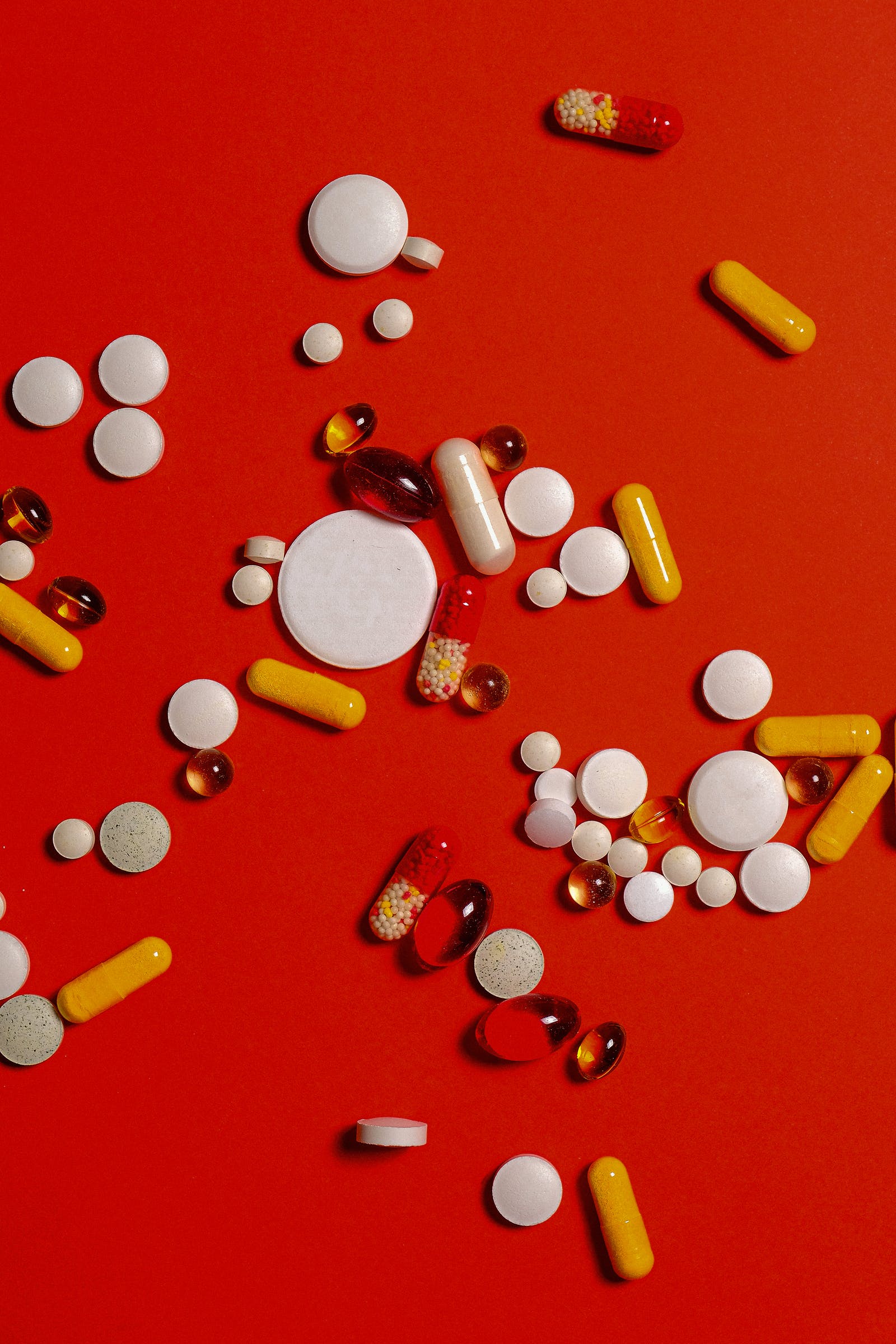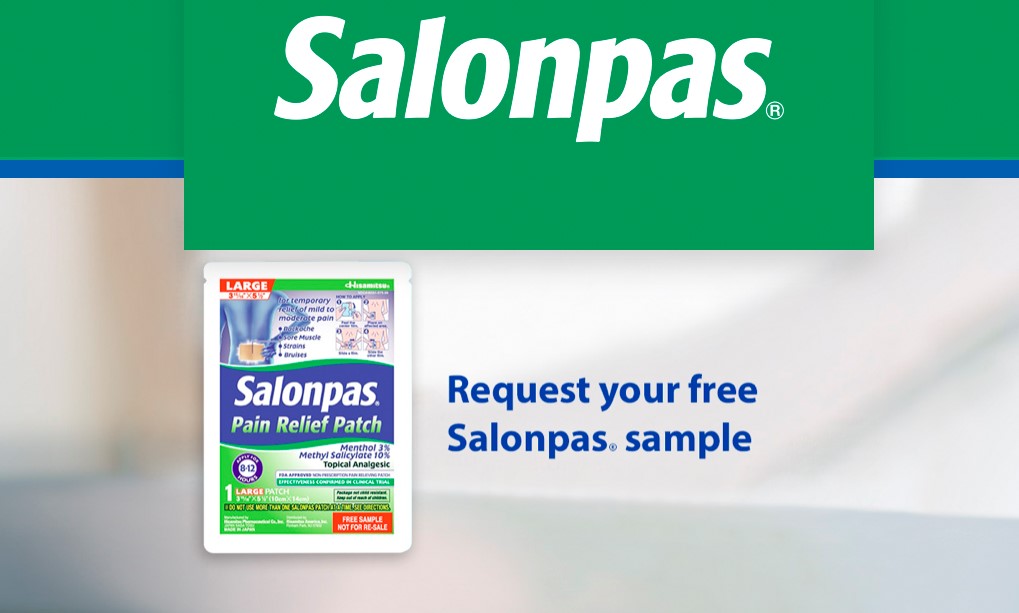Treatment options for gum disease
Oral health care tips
Taking care of your oral health is essential for maintaining a healthy smile and preventing gum disease. Here are some valuable tips to help you maintain good oral hygiene:
- Brush your teeth at least twice a day with a soft-bristled toothbrush and fluoride toothpaste.
- Don't forget to brush your tongue to remove bacteria and freshen your breath.
- Floss daily to remove plaque and food particles between your teeth.
- Rinse your mouth with an antimicrobial mouthwash to kill bacteria and reduce gum inflammation.
- Limit your consumption of sugary and acidic foods and drinks.
- Quit smoking, as it increases the risk of gum disease.
- Visit your dentist regularly for check-ups and professional cleanings.
By following these simple oral health care tips, you can significantly reduce your chances of developing gum disease.
Professional oral hygiene
Regular dental visits play a crucial role in preventing and managing gum disease. Professional oral hygiene treatments can help remove plaque, tartar, and bacteria that are not accessible through regular brushing and flossing. Here are some common professional oral hygiene procedures:
Dental Cleaning
A dental cleaning, also known as prophylaxis, is a preventive procedure performed by a dental hygienist. It involves the removal of plaque, tartar, and surface stains from your teeth. During the cleaning, the hygienist uses specialized tools to scrape off the buildup and polishes your teeth for a smooth finish.
Scaling and Root Planing
Scaling and root planing is a deep cleaning procedure recommended for patients with mild to moderate gum disease. It involves removing tartar and bacteria from above and below the gumline, along with smoothing the tooth roots to discourage further plaque buildup. This procedure is typically done under local anesthesia to ensure your comfort.
Antibiotic Therapy
In some cases, your dentist may prescribe antibiotics to help control or eliminate bacterial infection in your gums. Antibiotic therapy can be administered orally, as a mouth rinse, or in the form of locally placed antibiotics. It is often used in conjunction with other gum disease treatments to achieve optimal results.
Professional oral hygiene treatments should be complemented by a consistent at-home oral care routine to ensure the long-term health of your gums.
Periodontal disease remedies
Periodontal disease, also known as gum disease, is a serious oral health condition that requires appropriate treatment to prevent further damage. Here are some effective remedies commonly used in the management of periodontal disease:
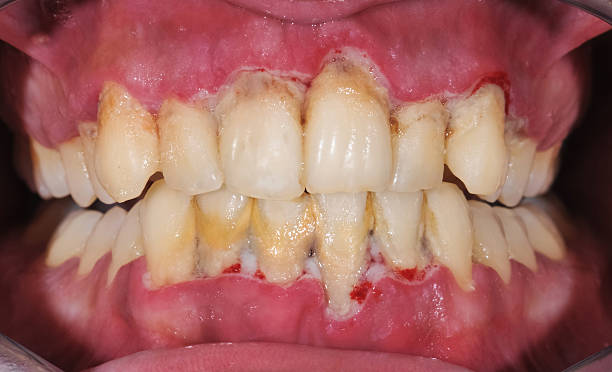
Scaling and Root Planing
As mentioned earlier, scaling and root planing is a fundamental treatment for gum disease. This procedure allows the removal of plaque, tartar, and bacteria from the gum pockets, promoting healing and preventing disease progression.
Periodontal Maintenance
Periodontal maintenance is a specialized dental cleaning recommended for patients with a history of gum disease. It involves regular visits to your dentist or periodontist for a thorough cleaning of your teeth and gums. Periodontal maintenance is essential for preventing the recurrence of gum disease and maintaining the health of your gums.
Flap Surgery
In advanced cases of gum disease, flap surgery may be required. During this procedure, the gums are lifted, and the tooth roots are cleaned to remove bacteria and tartar. The gums are then repositioned and sutured in place to promote healing and reduce pocket depth. Flap surgery is typically performed under local anesthesia or sedation to ensure patient comfort.
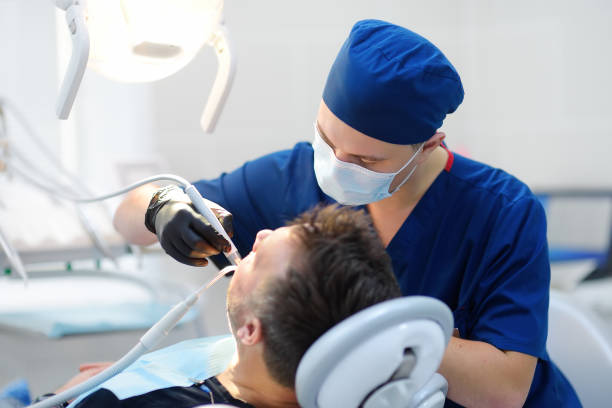
Gum Grafting
Gum grafting is a surgical procedure used to treat gum recession caused by advanced gum disease. During the procedure, gum tissue is taken from another part of your mouth (often the palate) and grafted onto the areas with recession. This helps to restore the gumline and protect the exposed tooth roots.
Best dental treatments
When it comes to gum disease treatment, there are various dental treatments available, depending on the severity of the condition. Here are some of the best dental treatments commonly used:
Laser Therapy
Laser therapy is an advanced treatment option for gum disease. It involves the use of a dental laser to remove infected gum tissue and promote healing. Laser therapy is less invasive than traditional surgery, resulting in minimal discomfort and quicker recovery time.
Dental Implants
In cases where gum disease has caused tooth loss, dental implants can be an excellent solution. Dental implants are artificial tooth roots that are surgically placed into the jawbone. They provide a stable foundation for a dental crown, bridge, or denture, restoring both the appearance and function of the missing teeth.
Osseous Surgery
Osseous surgery, also known as pocket reduction surgery, is a procedure used to treat advanced gum disease. It involves reshaping the bone around the teeth to eliminate deep gum pockets and reduce the risk of further infection. This surgery helps restore the gum tissue's tight seal around the teeth, promoting better oral health.
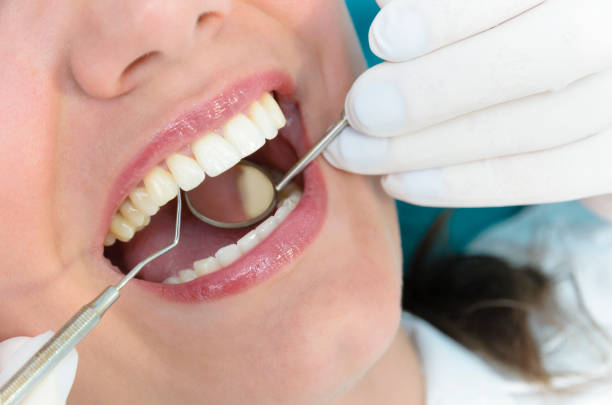
Guided Tissue Regeneration
Guided tissue regeneration is a technique used to regenerate the bone and gum tissue destroyed by gum disease. During the procedure, a barrier membrane is placed between the gums and the bone, allowing the gum tissue to grow while preventing the growth of unwanted bacteria. This promotes the regeneration of bone and soft tissue, reducing pocket depth and improving the overall health of the gums.
It's important to consult with your dentist or periodontist to determine the most suitable treatment option for your specific case of gum disease. They will evaluate the severity of the condition and recommend the best course of action to restore your oral health.

